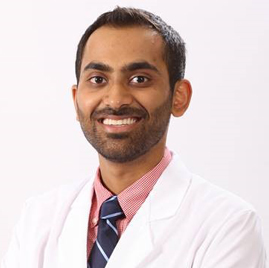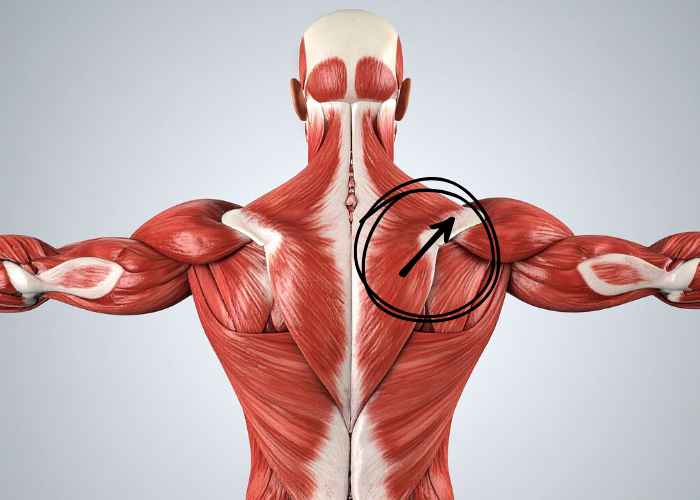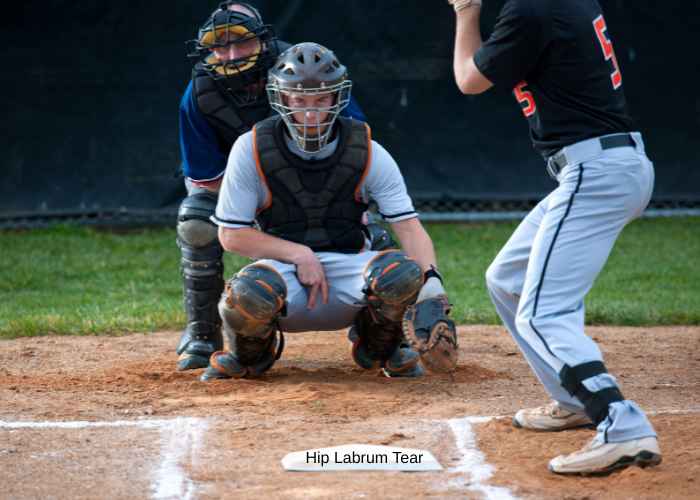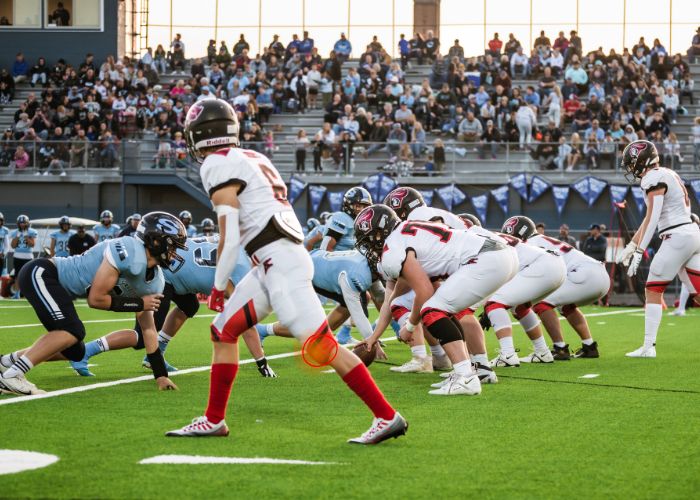Irreparable Rotator Cuff Surgeon

Do you have an irreparable rotator cuff? Don’t let shoulder pain and limited motion affect your quality of life. Dr. Ronak Mukesh Patel specializes in Lower Trapezius Transfer, an advanced surgical option designed to restore strength and mobility when traditional rotator cuff repair isn’t possible. Serving patients in Sugar Land, Pearland, and the Houston, Texas area, Dr. Patel provides expert care and personalized treatment plans to help you get back to the activities you enjoy. Schedule a consultation today to learn if Lower Trapezius Transfer is right for you!
Lower Trapezius Transfer: A Promising Option for Irreparable Rotator Cuff Tears in Sugarland, Pearland and the Houston, Texas Area:
When it comes to treating irreparable rotator cuff tears, patients are often looking for advanced surgical solutions that offer both function and pain relief, without undergoing a reverse shoulder replacement. One such option that has shown excellent outcomes in select patients is the Lower Trapezius Transfer (LTT).
Dr. Ronak Mukesh Patel, an orthopedic shoulder specialist serving Sugar Land, Pearland, and the Houston, Texas area, performs this innovative procedure for patients who are no longer candidates for traditional rotator cuff repair. His extensive experience in complex shoulder reconstruction ensures patients receive high-level care, tailored to their specific condition and lifestyle.
What is Lower Trapezius Transfer (LTT) for irreparable rotator cuff tears?
LTT or Lower Trapezius Transfer is a surgical technique used to restore shoulder function in patients who have suffered a massive, irreparable rotator cuff tear. These types of tears typically involve the supraspinatus and the infraspinatus tendons. Tears of this type are often too extensive to repair directly, especially if there has been tendon retraction, muscle atrophy or fatty degeneration. Many patients have had prior failed rotator cuff repairs.
During an LTT procedure, a portion of the lower trapezius muscle (located in the upper back), is moved and attached to the humerus (head of the upper arm bone) using a tissue graft with an arthroscopic-assisted technique. Dr. Patel often uses an Achilles tendon allograft (from a donor bank), so the transfer will mimic the function of the original rotator cuff. The LTT restores external rotation strength and returns shoulder motion, especially in overhead movements.

Who is a candidate for a lower trapezius transfer?
Dr. Patel typically recommends an LTT for patients in Sugar Land, Pearland, and the Houston, Texas area who are looking for a joint-preserving solution with the goal of improving function, strength and eliminating pain. Ideal candidates have the following:
- An irreparable tear of the supraspinatus and/or infraspinatus tendon(s)
- An intact or repairable subscapularis tendon
- Experience shoulder weakness, especially with external rotation
- Have preserved shoulder range of motion
- Have failed non-surgical methods such as physical therapy or shoulder injections
- Younger, active patients who want to avoid a reverse shoulder replacement
- Patients who do not have advanced shoulder arthritis and the glenohumeral joint is relatively preserved.
What is the difference between Lower Trapezius Transfer and a Superior Capsular Reconstruction (LLT vs. SCR)?
Both lower trapezius transfers and superior capsular reconstruction are used to address the problem of an irreparable rotator cuff tear. However, there are 2 distinct differences:
- LLT restores the dynamic motion of the shoulder by rerouting a functional muscle to compensate for the torn cuff, especially improving external rotation and shoulder strength.
- SCR involves placing a graft between the glenoid and the humerus to stabilize the shoulder and prevent superior migration of the humeral head (upward dislocation). This procedure stabilizes the shoulder, but does not incorporate another muscle to help with external rotation or shoulder strength.
Which is better for irreparable rotator cuff tears, LTT or SCR
Dr. Patel evaluates each patient individually to determine the best surgical option for their specific type of rotator cuff tear. While some patients may benefit more from LTT, due to it’s ability to restore active motion, others may be a better candidate for SCR due to their unique anatomy, age and long-term goals.
How is the lower trapezius transfer (LTT) done?
An LTT for irreparable rotator cuff typically involves the following:
- Arthroscopic evaluation and preparation: Dr. Patel examines the shoulder joint through a specialized camera to see the extent of rotator cuff damage. He then prepares the joint for transfer.
- Harvesting and mobilizing the lower trapezius: Dr. Patel detaches a portion of the lower trapezius muscle from its attachment site with an incision.
- Graft attachment: A tendon graft (often an Achilles tendon allograft) is secured to the lower trapezius muscle and moved to the humerus. The tendon is then fixed in place with an arthroscopic-assisted technique with surgical anchors to replicate rotator cuff function.
How long is the recovery after LTT or Lower Trapezius Transfer surgery?
Patients are typically expect to be immobilized in a specialized sling for the first 6 weeks to allow the tendon to heal. The arm is held in a slightly abducted and externally rotated position. Physical therapy will begin with passive motion, gradually working to active range of motion and finally, strengthening. Light activities may resume around 2-3 months with full functional improvement in about 6-9 months.








